China is home to some of the world's most magnificent palaces, many of which have been converted into museums. The five Palace Museums (Gu Gong, 故宫) in China are a treasure trove of ancient artifacts and cultural heritage from different dynasties. These museums showcase China's rich history, revealing the grandeur of its past emperors and imperial courts.
Each museum offers unique insights into Chinese culture and history, from the majestic Palace Museum in Beijing to the lesser-known Mukden Palace in Shenyang. Whether you're a history buff or just looking for an unforgettable travel experience, these five Palace Museums should be on your must-visit list.
Ming Palace
The Nanjing Ming Palace (Nan Jing Gu Gong, 南京故宫) was built during the Ming Dynasty in 1368 when Zhu Yuanzhang established the Ming Dynasty and set the capital in Nanjing. The construction of the palace began on a large scale, and by 1392, this magnificent palace was finally completed. The palace set a precedent for the integration of the palace and the city axis, covering an area of over 1.0125 million square meters, making it the largest palace complex in the world at that time.
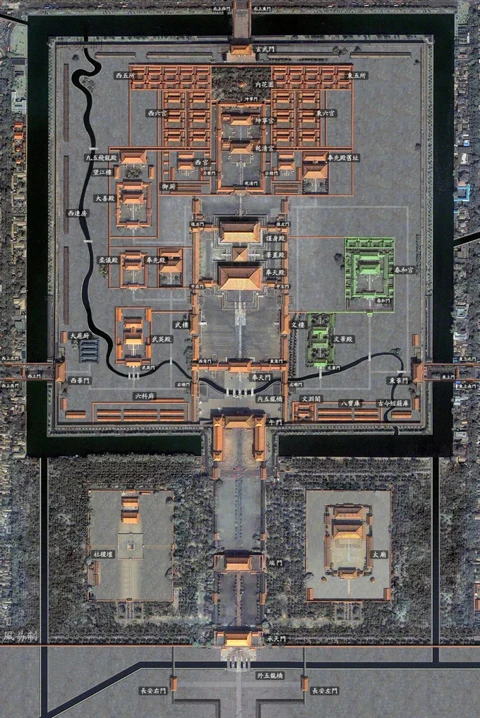
Restoration of the Ming Palace
The Ming Palace can be divided into: the Gong Cheng (宫城) and the Huang Cheng (皇城). Gong Cheng, also known as the Inner Palace or the Forbidden City, was where the emperor lived and worked. Huang Cheng included various administrative departments, shrines, and altars, and protects the Gong Cheng in its periphery. The combination of these two parts was called the "Huang Gong (皇宫, Palace)".
Following the old system of the Five Gates and Three Halls in the Book of Rites. The outer gates were in the order of Hongwu Gate, Chengtian Gate, Duan Gate, Wu Gate, and Fentian Gate, followed by Fentian Hall, Huagai Hall, and Jinshen Hall.
However, ten years after its completion, the palace was burned down by the Prince of Yan (Yongle Emperor) when he attacked the capital Ying Tian (Nan Jingn). Although he resided in the Ming Palace after his ascension to the throne, he had already begun planning for a new imperial palace. Four years later, under the reign of Emperor Chengzu, the construction of a new palace began in Beijing, based on the design and architecture of the Nanjing Ming Palace, on the site of the former Yuan dynasty palace.
Fifteen years later, the Ming Dynasty officially moved its capital to Beijing. As for the Nanjing Ming Palace, it served as the remaining palace after the relocation but underwent political changes, natural disasters, and human disturbances, leaving only a pile of buried stone components underground. It was not until the establishment of the People's Republic of China that it was protected and gradually developed into the present-day Nanjing Ming Palace Site Park.
The Palace Museum
As mentioned, the Palace Museum in Beijing (Forbidden City, Beijing Gu Gong, 北京故宫博物院) was modeled after the Nanjing Ming Palace. It has a 52-meter-wide moat and a 10-meter-high city wall. The outer court, centered around the Three Great Halls - the Hall of Supreme Harmony, the Hall of Central Harmony, and the Hall of Preserving Harmony - surrounds the inner court, which is centered around the Three Palaces: the Palace of Heavenly Purity, the Hall of Union, and the Palace of Earthly Tranquility. Covering an area of 720,000 square meters, the Beijing Gu Gong witnessed the rise and fall of the Ming and Qing dynasties.
In 1644, the Qing army entered the capital, and the Forbidden City changed hands with the arrival of Emperor Shunzhi, who moved the capital from Shenyang to Beijing, where he continued to use the palace as the political center. After 268 years, the Xinhai Revolution overthrew the Qing Dynasty, and the Forbidden City was renamed the "Gu Gong" At that time, the last emperor, Puyi, was allowed to temporarily reside in the inner court. On October 10, 1925, the Palace Museum was established and opened to the public.
For over 500 years since its construction, the Forbidden City had been strictly guarded every day, and on the day it was first opened to the public, residents of Beijing were eager to visit. Who could resist the curiosity of this royal palace?
Today, the Palace Museum remains one of the most popular attractions in Beijing. It is one of the world's largest surviving wooden structures and one of China's largest museums of ancient culture and art, housing over 1.86 million cultural relics.
Representative Artifacts of the Beijing Palace Museum
The world-renowned painting "Life along the Bian River at the Pure Brightness Festival (Qingming Shanghe Tu, 清明上河图)" by Zhang Zeduan is a more than 5-meter-long scroll that vividly depicts the bustling and festive atmosphere of the Song Dynasty capital city, Bianjing.
In addition to famous paintings, the Palace Museum also treasures many calligraphic works, including "A Consoling Letter (Pingfu Tie, 平复帖)" by Lu Ji of the Western Jin Dynasty, which is considered the top calligraphy work in China. This work is over 70 years older than Wang Xizhi's "Reface to the Orchid Pavilion (Lan Ting Xu, 兰亭序)" making it the earliest surviving celebrity calligraphy works.
Beyond calligraphy and painting, the Palace Museum's exquisite imperial silk weaving and embroidery collection stand out. Notably, there is Shen Zifan's "Plum Blossoms and Magpies in Winter (Mei Que Tu, 梅鹊图)" Kesi Tapestry from the Southern Song Dynasty. Kesi weaving is an intricate and time-consuming process, making it a luxury product in silk weaving. When combined with calligraphy and painting, artistic value skyrockets.
The ceramics gallery houses various priceless artifacts, and the "Red-glazed Lute-shaped Zun Vessel (郎窑红釉穿带直口瓶)" is one of the most representative pieces in the Palace Museum's ceramic collection.
In 2016, the popularity of the Chinese program "Masters in The Forbidden City" brought public attention to the profession of cultural relic restoration. We are moved by clock repairers who can make time flow again, and amazed by the precision of imperial clocks. This chiming clock in the Palace Museum is one of the best in its collection, featuring seven mechanical systems and taking over five years to design and produce.
The Gold Cup with Jewel Inlay (金瓯永固杯) from the Qianlong period is one of the most prominent metalwork treasures in the Palace Museum. Weighing 20 taels of gold, adorned with 11 pearls, nine rubies, and twelve sapphires, it exudes a sense of grandeur.
As for jade artifacts, this Song Dynasty Jade Cloud Dragon Incense Burner is the representative piece in the Palace Museum's collection.
The collection of artifacts in the Beijing Palace Museum goes far beyond that, and if you are interested in these collections, you can explore them online here. Below, let's continue with the third Gu Gong.
Shenyang Imperial Palace
Shenyang Imperial Palace (Mukden Palace, Shen Yang Gu Gong, 沈阳故宫) covers an area of over 60,000 square meters and boasts more than 100 buildings, including palaces, pavilions, towers, and halls.
Before the Qing Dynasty moved its capital to Beijing, emperors used to live in Shenyang Imperial Palace, also known as Shengjing Palace. Built-in the tenth year of Tianming in the Later Jin dynasty (1625 AD), it was constructed by Nurhaci, the founder of the Qing dynasty, and his son Hong Taiji. Emperors of the Qing dynasty placed great importance on the palace throughout their reigns. Some emperors, such as Kangxi and Qianlong, occasionally brought their families here to worship their ancestors or stay for a few days.
The unique historical, geographical, and Manchu cultural features of the Shenyang Imperial Palace set it apart from the Palace Museum in Beijing. The palace's high-platform architecture style integrates Manchu political, cultural, and customary characteristics with traditional palace architecture, showcasing a one-of-a-kind style in Chinese palace architectural history. Its grand structures include the Dazheng Hall with its golden dragon coiled columns, Chongzheng Hall, Shiwang Pavilion arranged like flying geese, the elegant Wensu Pavilion, and Phoenix Tower.
Emperor Qianlong made several renovations and expansions, resulting in the characteristic coexistence of the old imperial palace and the emperor's residence. The palace was frequently used to store and display royal treasures transported from Beijing, making it one of the three major royal treasure houses of the Qing Dynasty alongside the Beijing Palace complex and the Chengde Mountain Resort.
Representative Artifacts of the Shenyang Imperial Palace
Today, the Shenyang Imperial Palace is one of only two surviving palace complexes in China, serving as a museum of ancient court art. It houses numerous relics from the Qing Dynasty, including many treasures from the imperial household.
The most prized possessions in the Shenyang Imperial Palace, include the only historical record of a sword used by Nurhaci, founder of the Qing Dynasty, which is highly valued for its significance and historical value.
The "Dragon and Tiger Sword" was presented to Nurhaci, founder of the Qing Dynasty, by the Ming Emperor as a reward for his contributions to the protection of the border. Though it has some rust spots, it still exudes the same imposing aura as it did back then.

The personal sword used by Huang Taiji can also be regarded as a unique treasure in the Shenyang Imperial Palace. In 1636 AD, Huang Taiji dedicated this 94.5 cm-long sword to the Lianhua Jingtu Shisheng temple in the imperial temple, and at the end of that year, he changed the country's name to Qing.
As a nomadic people, hunting skills were paramount for Huang Taiji. The majestic deer antler throne was made from the antlers of the deer he hunted himself.
Among the calligraphy and paintings collected in the Shenyang Imperial Palace, "The Kangxi Emperor's Southern Inspection Tour" created by Wang Hui, Yang Jin, and others between 1691 and 1693 is also a prized possession. This painting records the scene of Emperor Kangxi's second trip to Jiangnan and consists of twelve scrolls; the Shenyang Imperial Palace possesses the eleventh scroll.
The Yongzheng-era Blue-white Plate featuring a red dragon, representing the highest level of Qing Dynasty porcelain, also deserves a place among the top treasures of the Shenyang Imperial Palace.
The above three Gu Gong were all lived in by emperors, while the next two were built in modern times.
National Palace Museum
The National Palace Museum in Taipei was built in 1965, with a yellow and blue color scheme. The main building of the museum has four floors, with the first floor containing offices, a library, and lecture halls; the second and third floors featuring exhibition halls and display rooms; and the fourth floor hosting various special exhibitions.
The museum covers an area of approximately 160,000 square meters, but despite several expansions, the exhibition space is still insufficient. Only around 3,000 artifacts can be displayed at once, while the museum houses over 700,000 pieces in its collection. If each item were to be exhibited once every three months, it would take 28 years to display them all.
Most of the over 700,000 artifacts in the National Palace Museum's collection were originally part of the collections of the Palace Museum in Beijing, the Shenyang Imperial Palace, and the former Chengde Mountain Resort, in addition to donations from individuals and organizations.
In 1931, Japan launched the 9.18 Incident, prompting the Palace Museum to select some of its most valuable artifacts for evacuation to protect them. Over the next 17 years, these items were moved from Beijing to Shanghai, Nanjing, and Sichuan before finally being returned to Beijing at the end of 1947. However, with the reversal of the situation during the Chinese Civil War in the fall of 1948, these evacuated artifacts were once again selected and transported to Taiwan, leading to the saying that "one visits the Palace Museum for its architecture, and the National Palace Museum for its artifacts."
Representative Artifacts of the National Palace Museum
Famous Semi-cursive script works: Yan Zhenqing's "Draft of a Requiem to My Nephew" and Su Shi's "The Cold Food Observance".
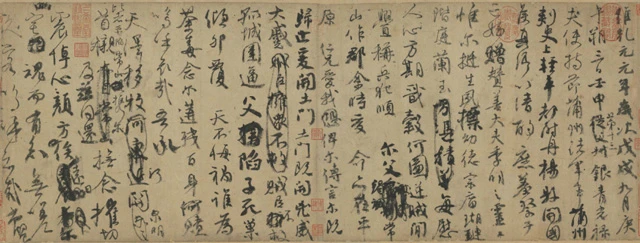
Draft of a Requiem to My Nephew
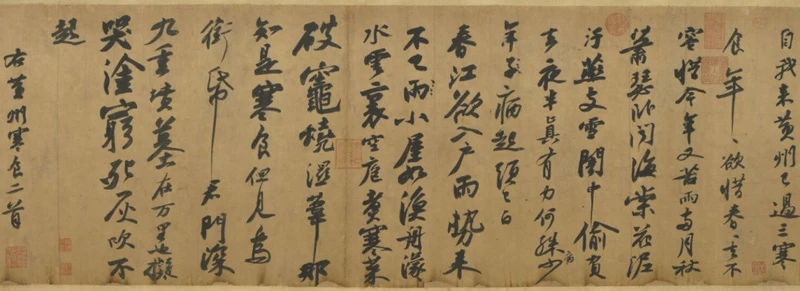
The Cold Food Observance
The remaining half-scroll of "The Dwelling in the Fuchun Mountains" by Huang Gongwang, a Yuan dynasty painter.
"Travelers Among Mountains and Streams" by Fan Kuan, is a Northern Song dynasty painting considered the finest work of Chinese landscape painting.
"Jadeite Cabbage with Insects" a piece of jade sculpture that is said to have been part of the dowry of Empress Dowager Cixi's niece.
Ru ware, a type of celadon made in the Northern Song dynasty, including the "Ru Ware Narcissus Basin," is considered the most perfect example of its kind.
"Ru Ware Lotus-Shaped Bowl," another rare and exquisite piece of Ru ware pottery.
"The Pan of Sui," a Western Zhou dynasty bronze artifact.
"Mao Gong Ding," another Western Zhou dynasty bronze artifact with 499 characters inscribed on it.
The above is also just part of the collection of the National Palace Museum, if you want to know more, please browse online here.
Hong Kong Palace Museum
The last of the 5 magnificent Palace Museums is the Palace Museum in Hong Kong, which opened to the public last year. The Hong Kong Palace Museum is a collaboration between the Palace Museum in Beijing and the West Kowloon Cultural District Authority, and is a specialized museum showcasing Chinese culture and art.
The museum covers an area of approximately 13,000 square meters, with seven floors and nine exhibition halls. The main color scheme of the museum is beige and gold, with red glass door nails on the entrance doors modeled after those at the Palace Museum in Beijing. The golden ceiling in the atrium also echoes the design of the glazed tiles on the roofs of the Palace Museum.
When the Hong Kong Palace Museum first opened, the Palace Museum in Beijing loaned out 914 precious artifacts, many of which were being exhibited publicly in Hong Kong for the first time, and some had never been exhibited before.
In just 2022 alone, the Hong Kong Palace Museum received 1,145 donations of Chinese and world cultural relics and artworks from local collectors and artists.
These exquisite objects, which have withstood the test of time and still shimmer with a golden glow, speak to the artistic and technological achievements of gold craftsmanship in China's over 3,000-year history. They also reflect the role that gold objects played in political activities, cultural life, and cross-regional interactions in ancient times.
As for which of the Palace Museum is the most worth visiting, it really depends on personal preferences and interests. Each palace has its own unique treasures and stories to tell.
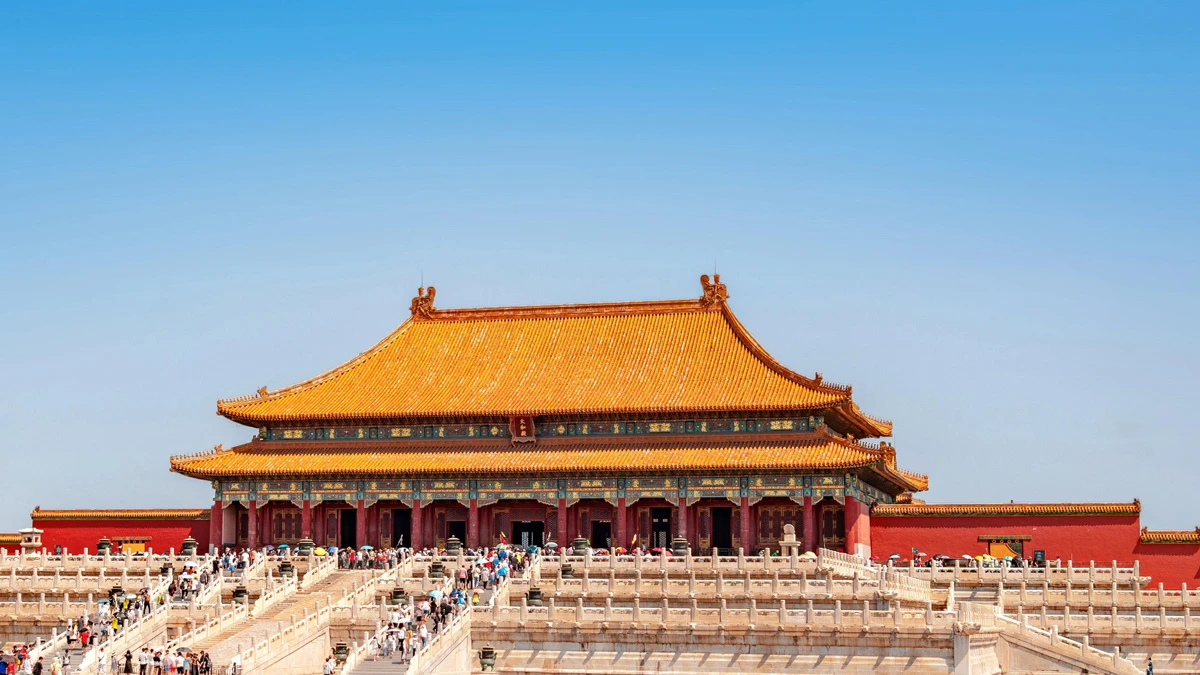
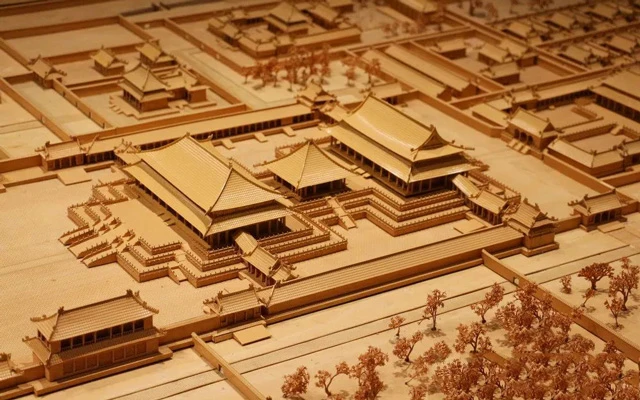
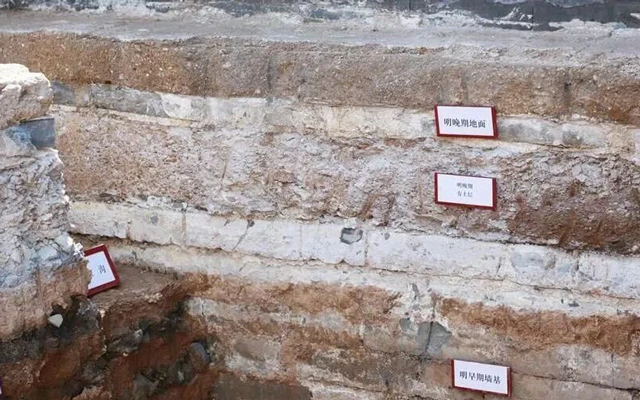
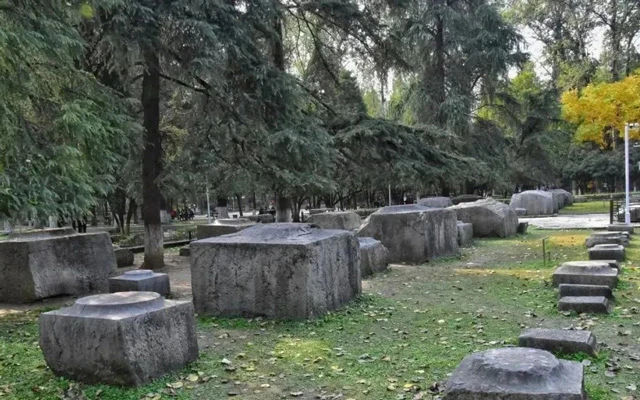
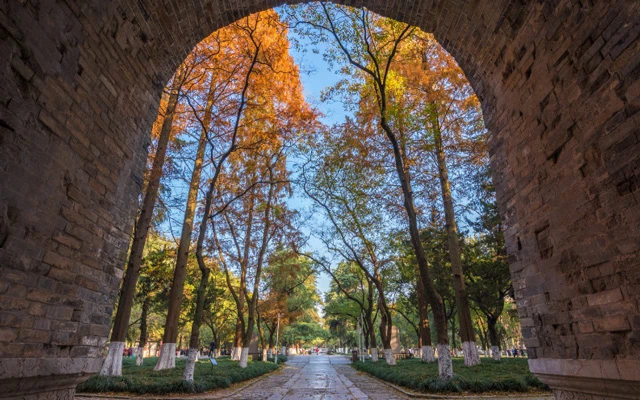
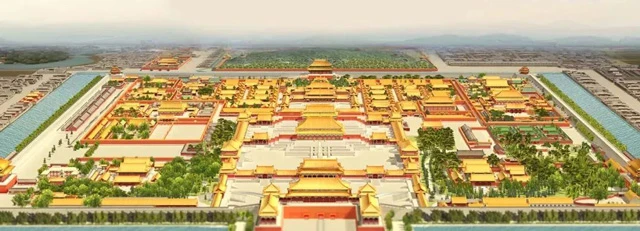
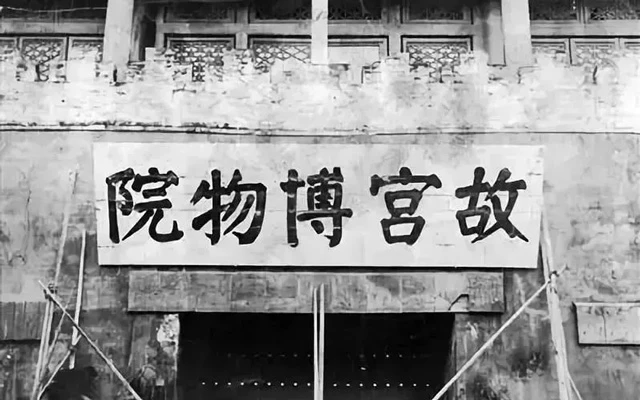
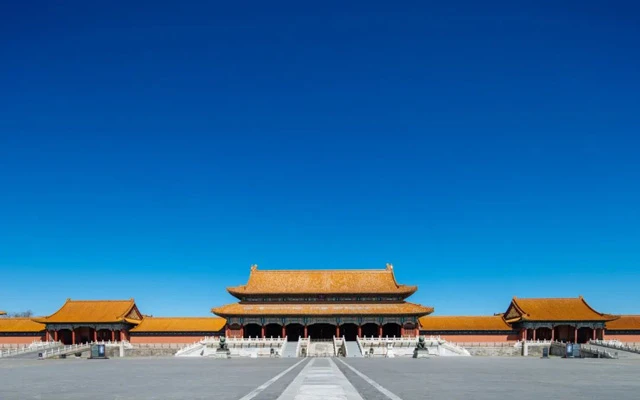
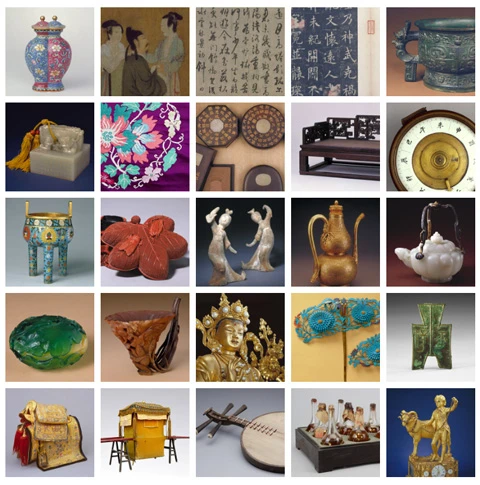
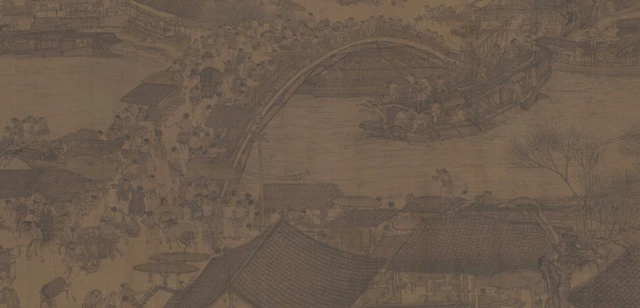
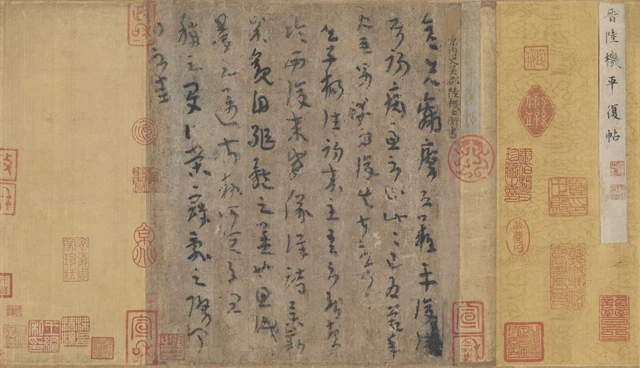
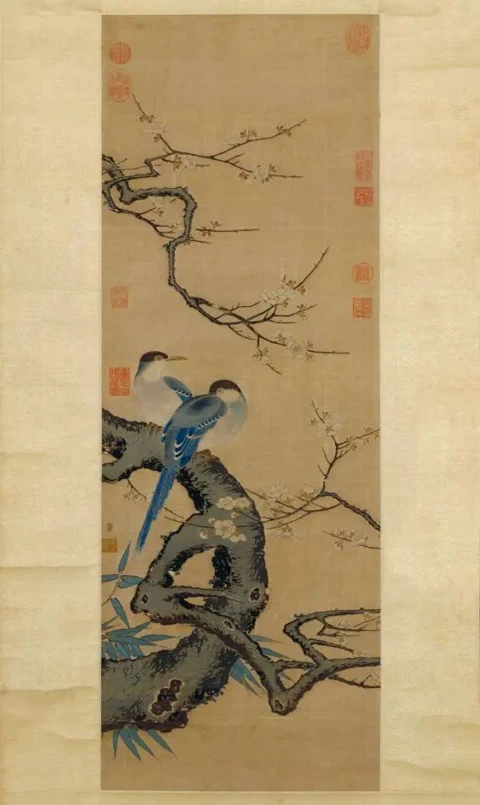
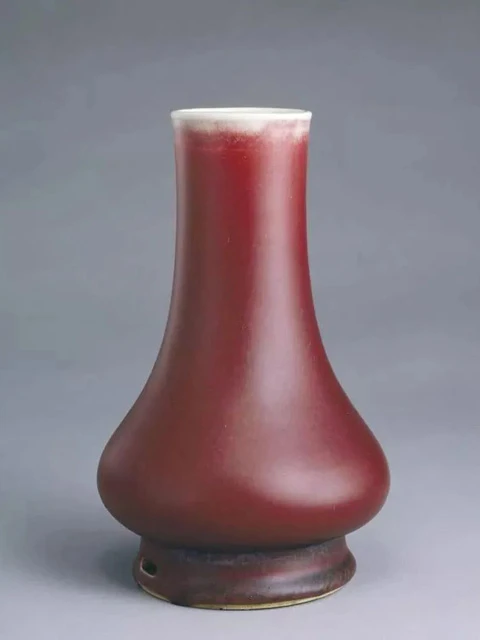
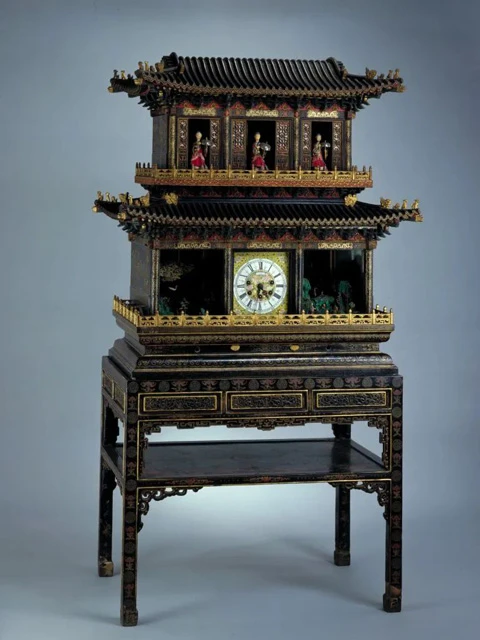
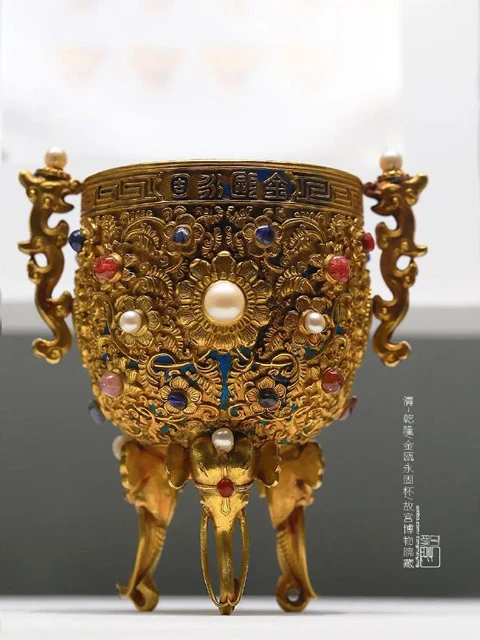
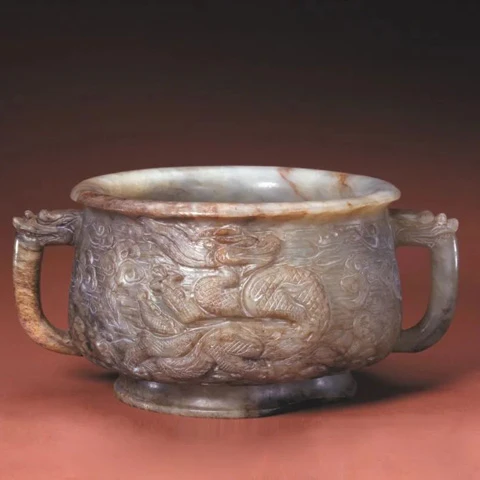
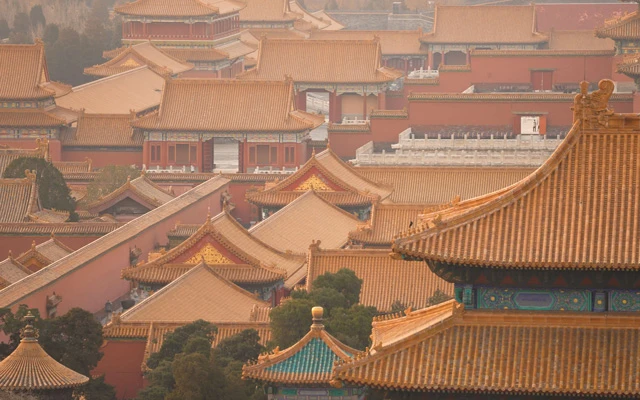
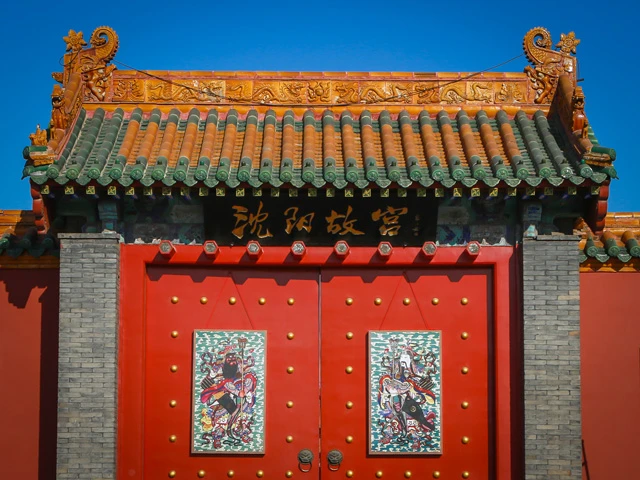
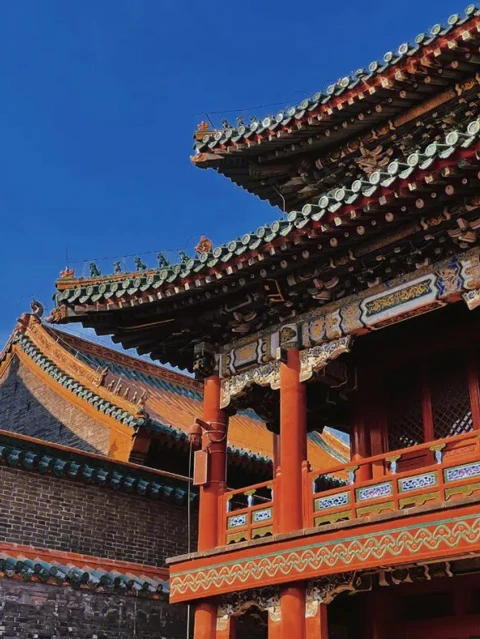
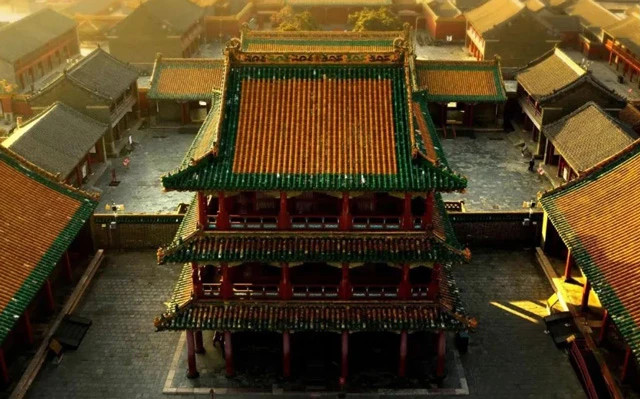
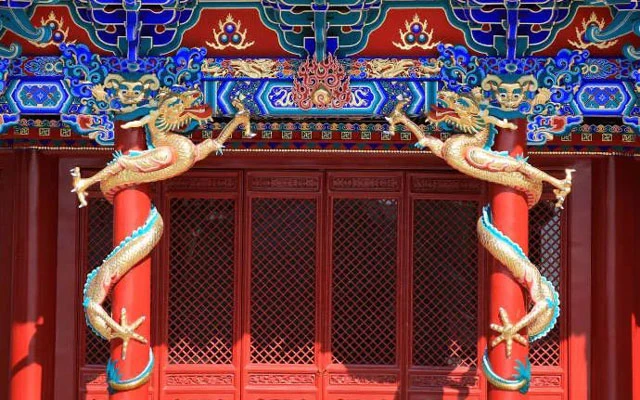

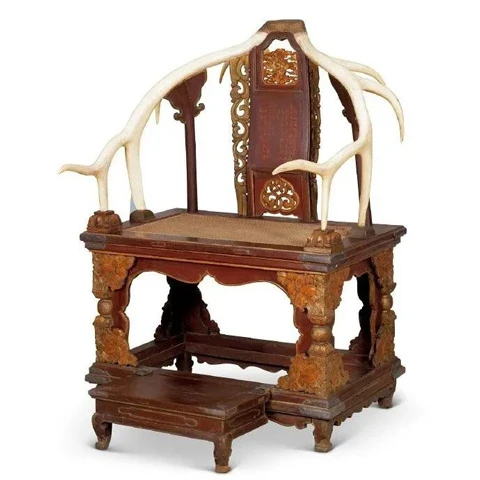
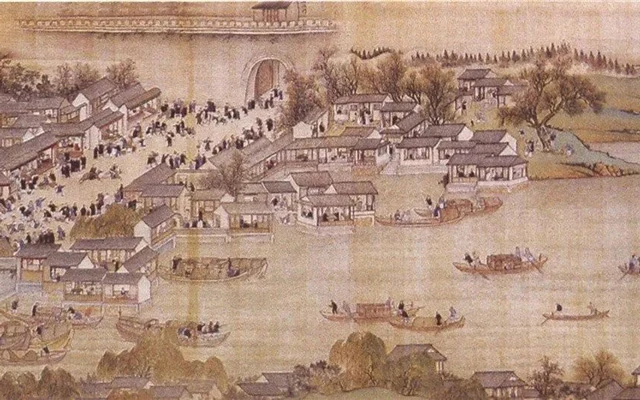
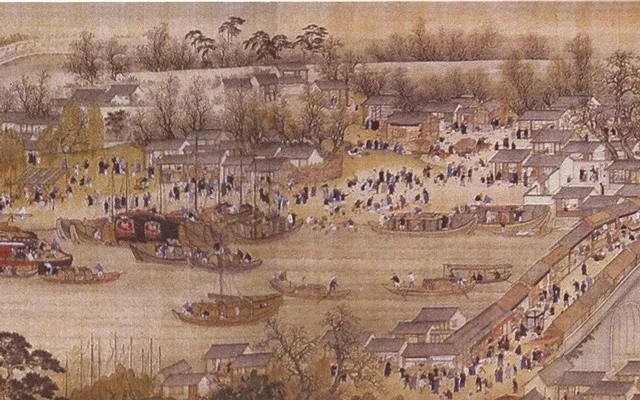
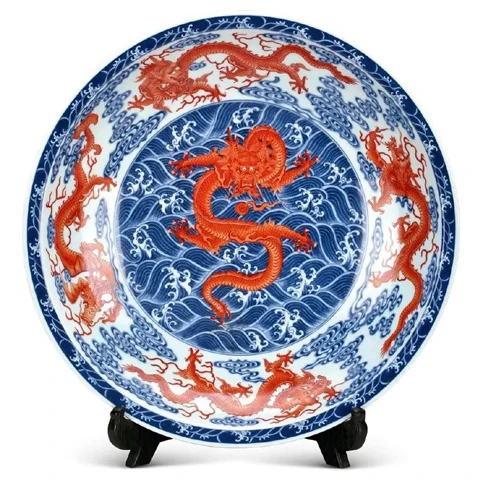
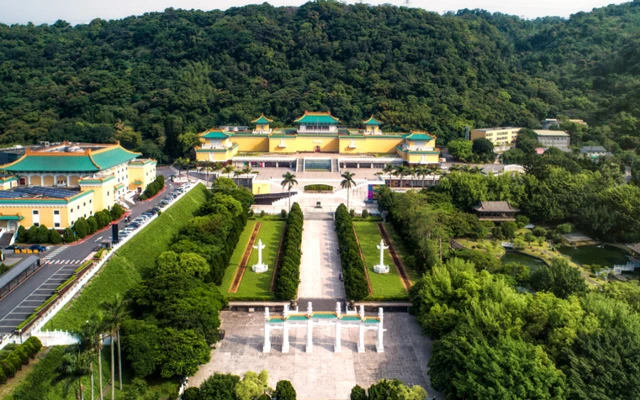
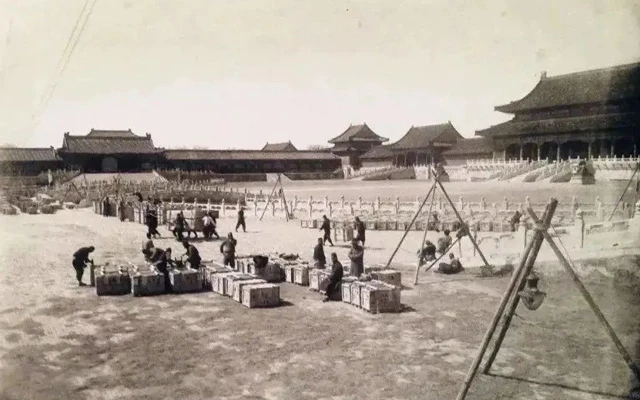
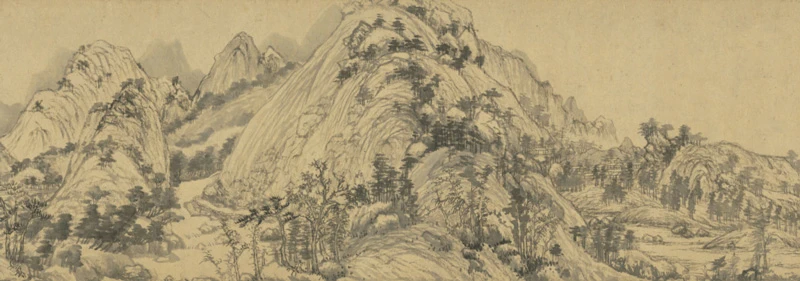

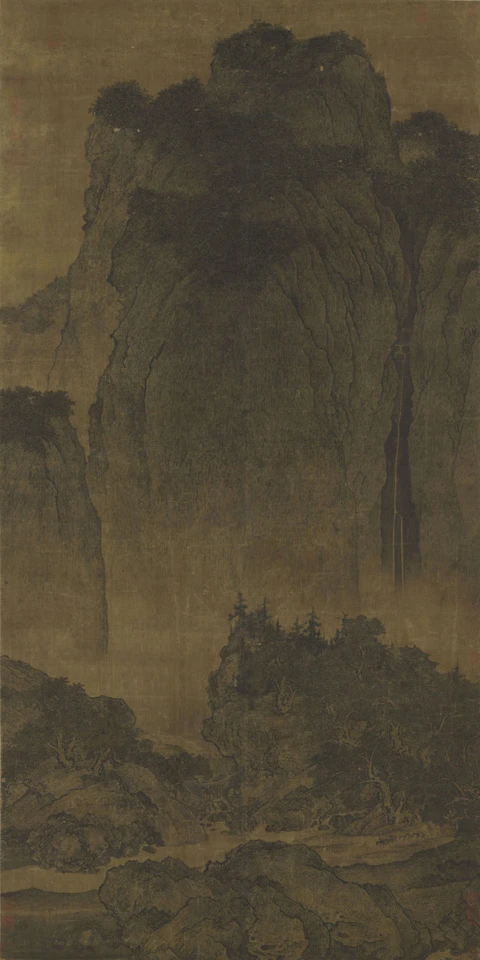
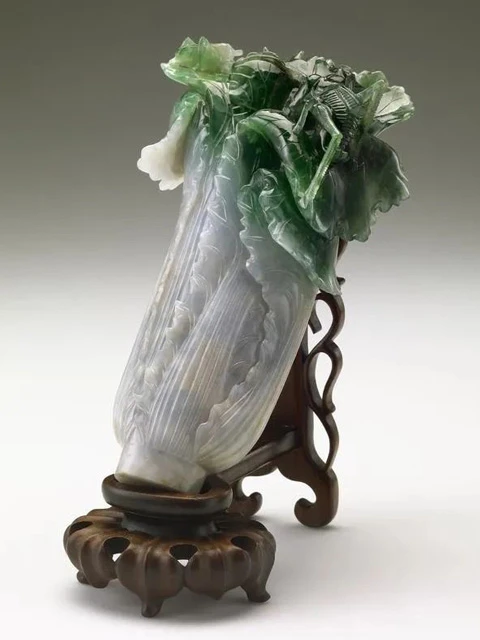
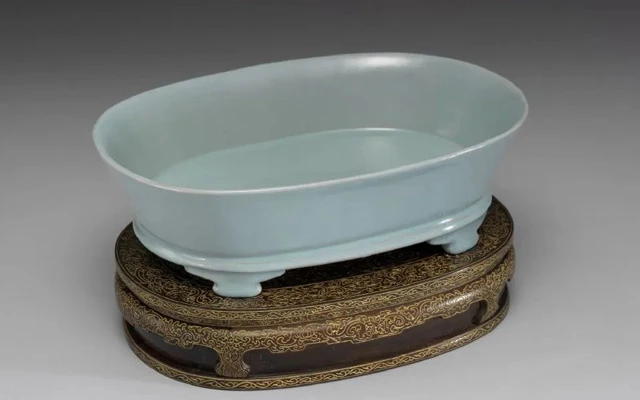
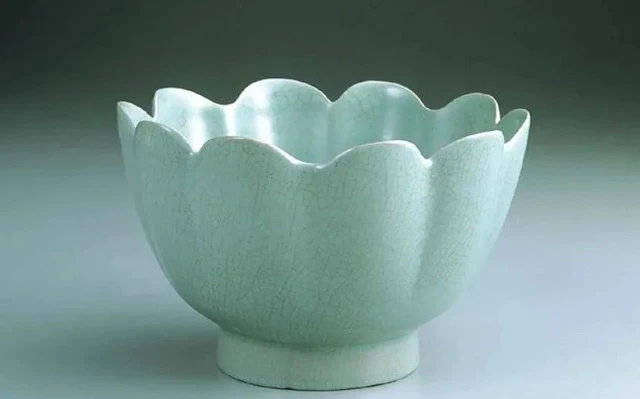
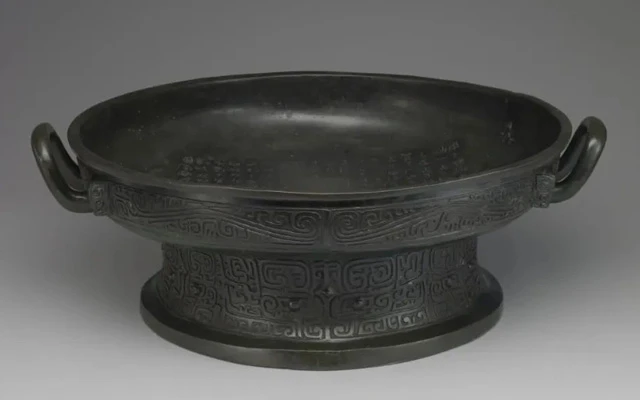
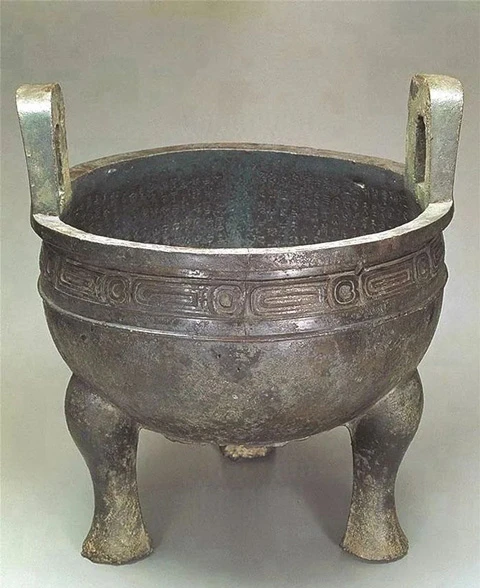
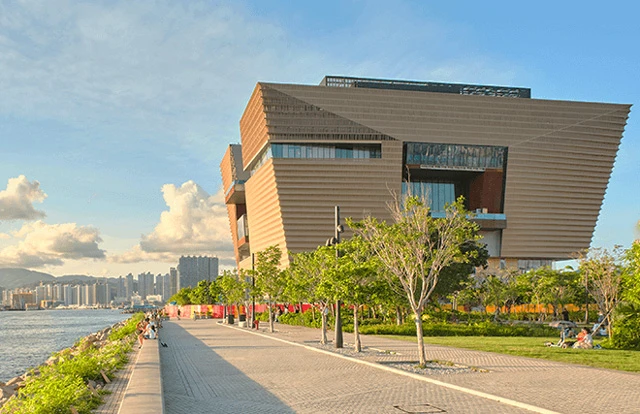
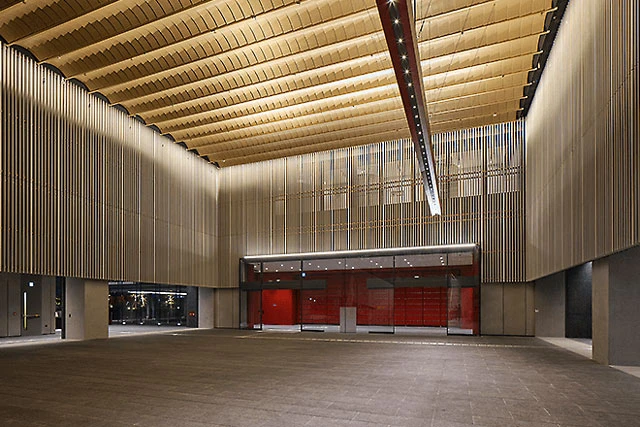
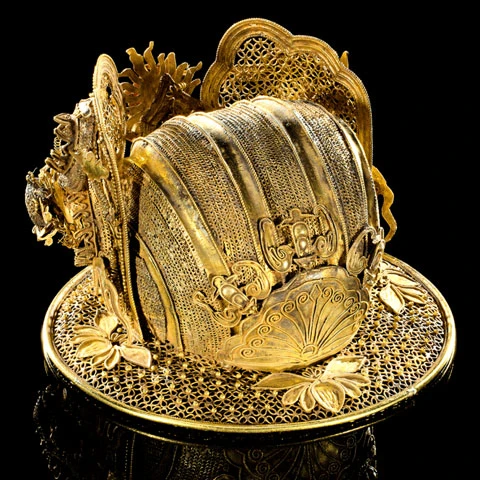


Wow amazing 😍
Thank you for articel